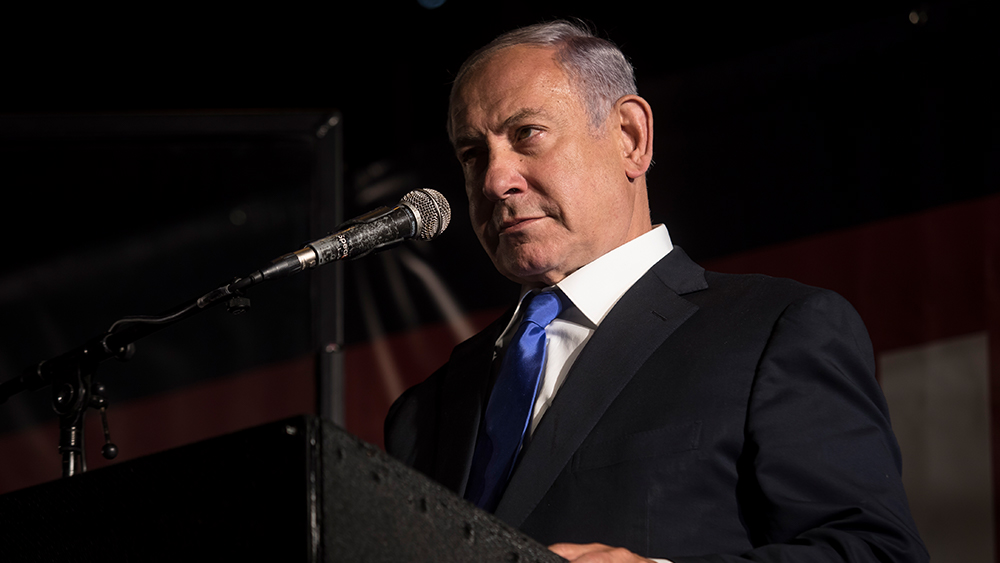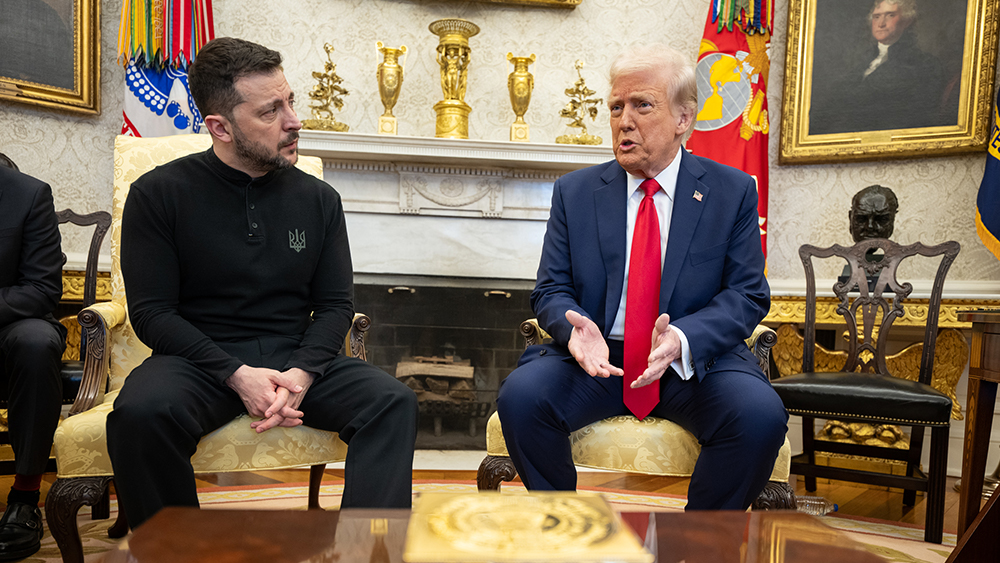- President Donald Trump announces sector-specific tariffs on semiconductors and pharmaceuticals, effective within days.
- Targets Taiwan semiconductor dominance; U.S. aims to secure domestic chip production amid national security concerns.
- Semiconductor tariffs follow 145 percent duties on China, with pharmaceutical taxes potentially rising to 250 percent.
- Trump emphasized reshoring jobs and reducing reliance on foreign supply chains.
- Critics warn of economic disruption; allies like South Korea and the EU negotiate exemptions.
The semiconductor tariff rollout
The president’s semiconductor tariff regime targets Taiwan, home to the world’s most advanced chipmaker, TSMC, which supplies U.S. tech giants like Apple and Nvidia. “We want them made in the United States,” Trump declared, repeating his campaign to repatriate critical supply chains. Tariffs on chips, set to roll out within days, are part of a suite of measures stemming from a Section 232 national security investigation invoked under the Trade Expansion Act of 1962. This legal framework, used in prior Trump trade battles over steel and aluminum, allows tariffs if imports threaten U.S. industries crucial to national defense. The timing underscores urgency: global semiconductor demand is soaring, fueling fears of reliance on Taiwanese production amid U.S.-China tensions. The Biden-era CHIPS and Science Act allocated $53 billion to U.S. semiconductor infrastructure, but Trump’s tariffs aim to accelerate that shift through economic pressure.Pharmaceutical tariffs and escalating stakes
Beyond semiconductors, Trump previewed even steeper pharmacy duties. “We’ll start small, but in a year and a half, tariffs on imported drugs could hit 250 percent,” Trump said on CNBC. He framed this as a safeguard against wartime supply disruptions but acknowledged backlash risks. The pharmaceutical timeline mirrors past tariff tactics: a gradual ramp-up to pressure foreign companies to relocate operations. However, industry pushback looms. Drugmakers argue steep tariffs could hike U.S. healthcare costs—potentially conflicting with Trump’s rhetoric about lowering prices. Commerce Secretary Howard Lutnick defended the strategy: “We can’t rely on China for critical meds or chips. This is about resilience.” Meanwhile, White House officials highlighted examples like Panasonic’s Kansas chip plant, touting job creation as evidence of tariff efficacy.Chess and strategic trade partners
The new tariffs unfold amid high-stakes diplomacy. Over the past week, Trump has secured South Korean and EU trade deals, offering tariff carveouts in exchange for U.S. investment pledges. For instance, a 15 percent tariff on Korean imports includes exemptions for strategic sectors, while the EU faces reciprocal levies contingent on boosting U.S. agricultural purchases. However, tensions persist. India condemned U.S. tariffs over its trade with Russia, while Taiwan braced for 40 percent duties on some shipments — a figure reduced from earlier threats. Meanwhile, auto titan Ford and toy maker Mattel warned of supply chain chaos, echoing broader Wall Street fears that tariffs could reignite inflation. Critics, including Senate Democrat Elizabeth Warren, warned of congressional pushes to curb presidential tariff powers. “Republicans must join us to check this overreach,” she stressed, citing 2022 CHIPS Act failures as previews of stricter crackdowns.A paradigm shift or perilous gamble?
Trump’s tariff blitz represents a historic pivot, with semiconductors and drugs leading a wave of “Make in the USA” mandates. Proponents argue it addresses gaping supply chain vulnerabilities, while critics fear retaliatory tariffs, job losses and consumer costs soaking households. As former President Joe Biden’s CHIPS Act initiatives meet Trump’s hardline tariffs, the debate centers on whether economic nationalism can coexist with innovation and affordability. With Tencent’s apps still under scrutiny and TikTok negotiations lingering, the administration’s trade calculus remains unparalleled in scale — and repercussions continue to ripple globally. Sources for this article include: TheNationalPulse.com CNBC.com Finance.Yahoo.com TheEpochTimes.comMigrant women from Syria, Afghanistan and Iraq have highest birth rates in Austria, new data shows
By Laura Harris // Share
Moscow signals no detente with U.S., complicating prospects for Ukraine peace deal
By Zoey Sky // Share
Israel’s land grab ambitions laid bare as Netanyahu backs “Greater Israel” vision
By Cassie B. // Share
Elon Musk’s AI bot Grok briefly suspended from X after Gaza genocide comments
By Laura Harris // Share
The breakfast clock: Why timing your morning meal is a secret weapon against high cholesterol
By jacobthomas // Share
The Health Ranger's New Year Revolution: The ultimate guide to health, wealth and freedom
By kevinhughes // Share
"Absolute Healing" on BrightU: Experts explore COVID-19 as an engineered bioweapon
By jacobthomas // Share
Why EMPs pose a catastrophic threat—and places to avoid when they hit
By dominguez // Share
Scientists demonstrate how perfect magnetic symmetry can cancel energy loss
By kevinhughes // Share
Why wasabi is good for more than just sushi
By newseditors // Share











